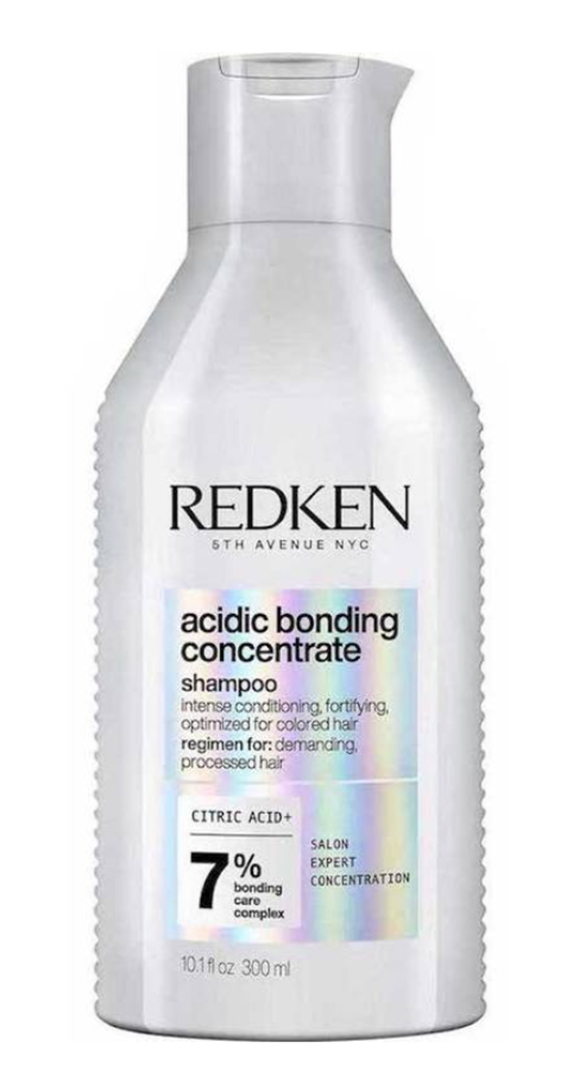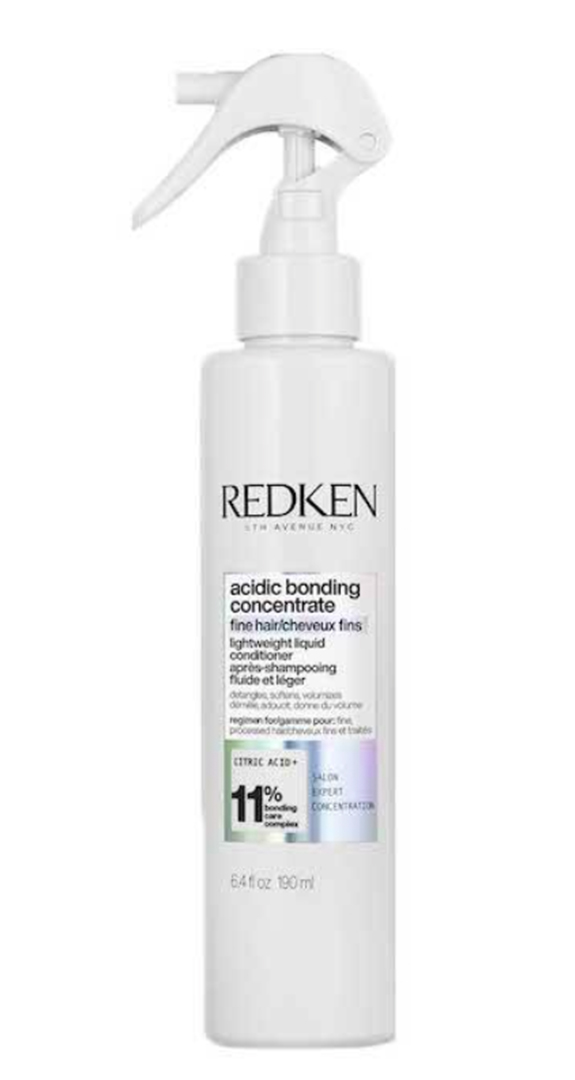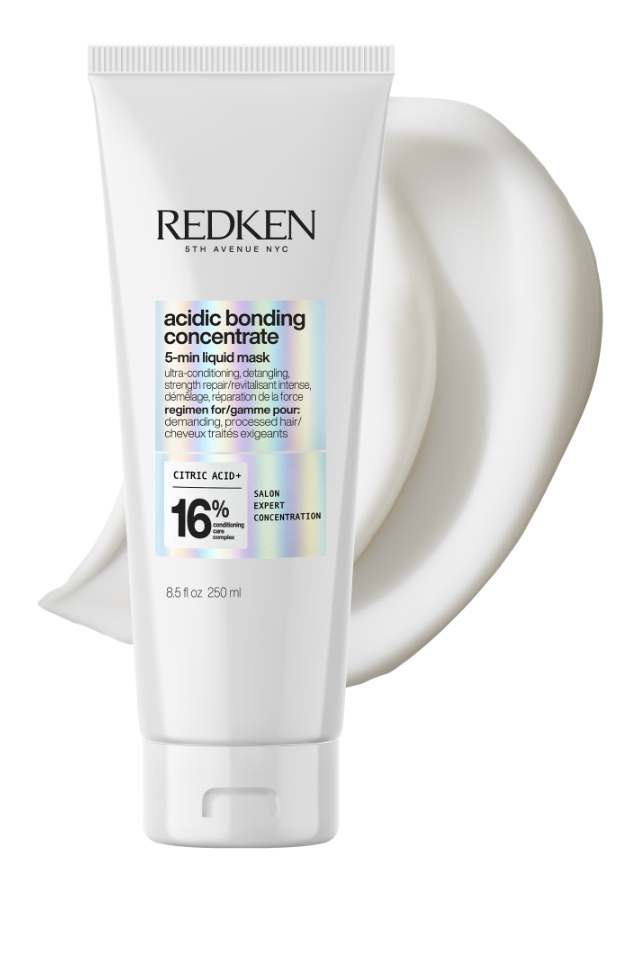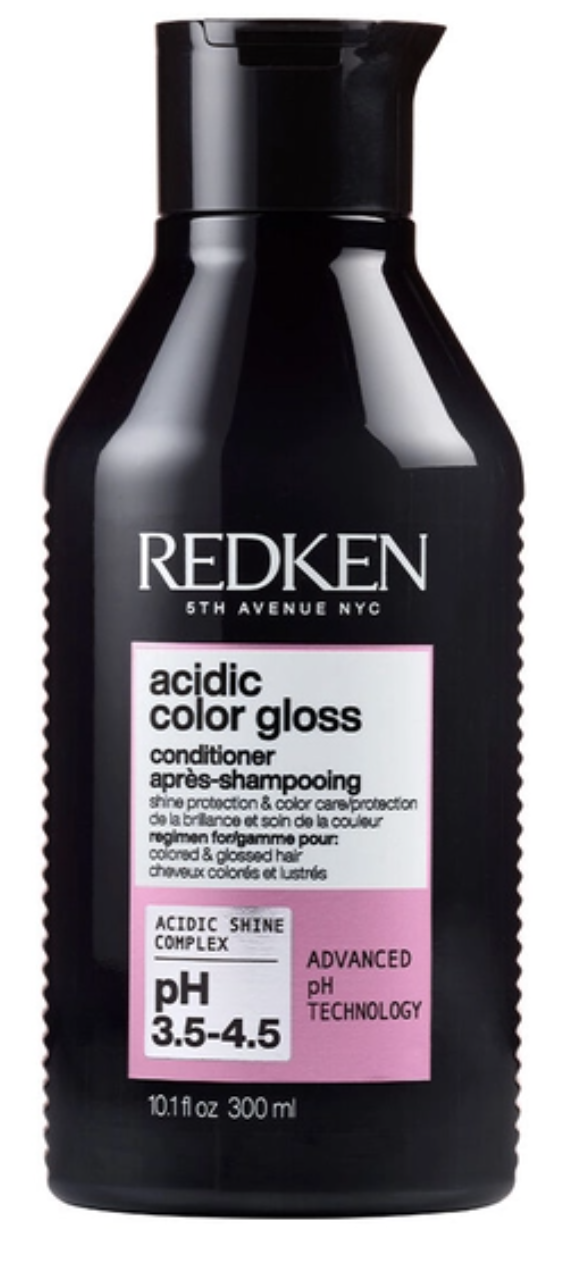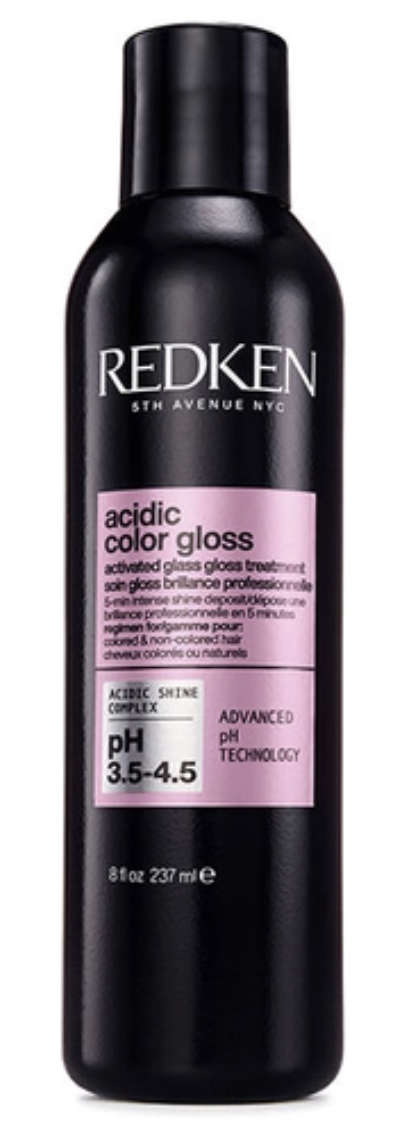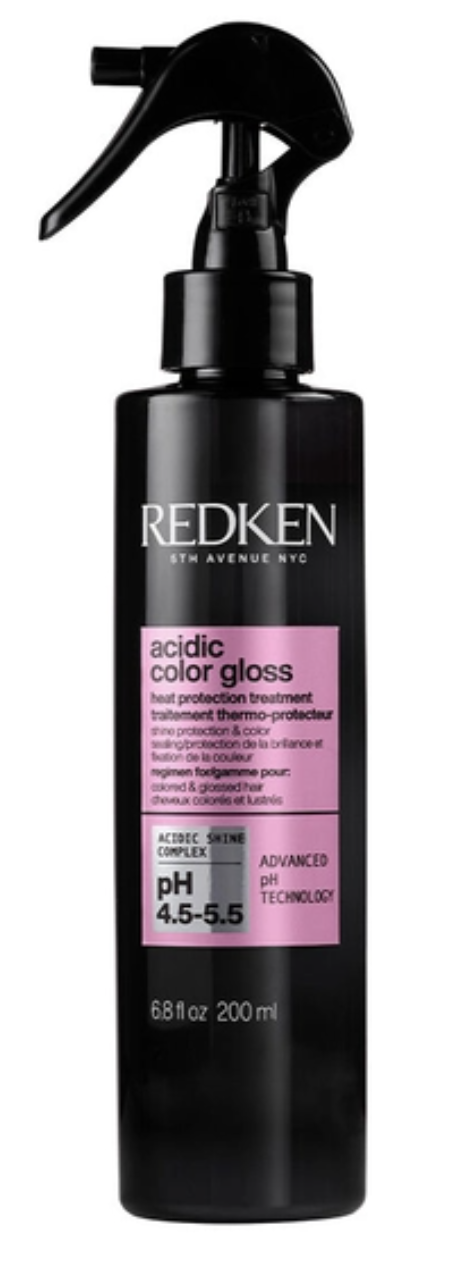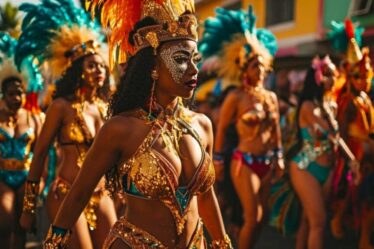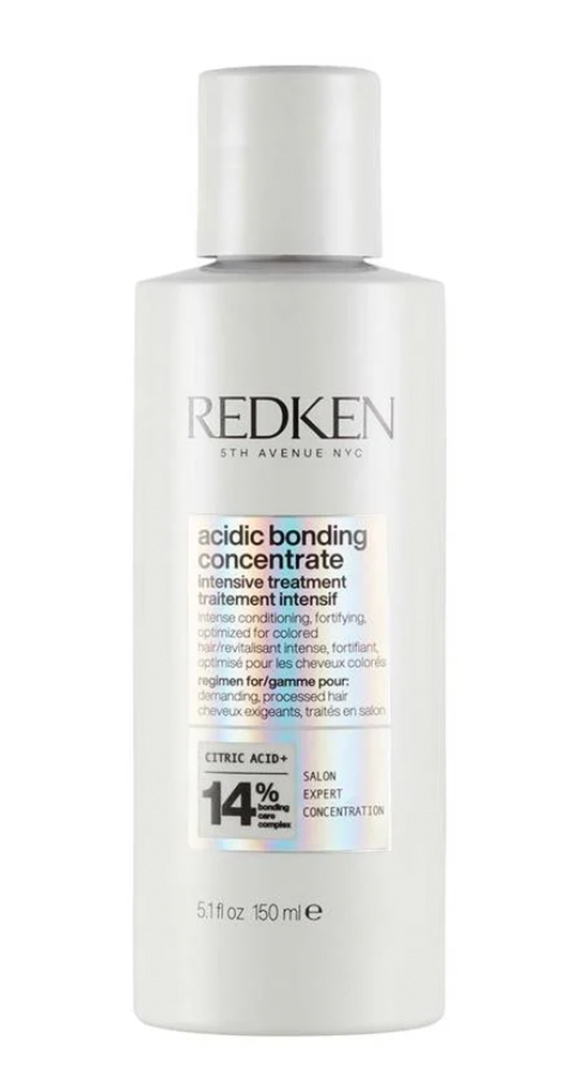
If you’re looking for a way to refresh color, boost dimension, and keep hair healthy between services, zone toning with Redken Shades EQ is your go-to move in 2025. This technique — already a long-time stylist favorite — is making a big comeback as clients shift toward low-maintenance color that still looks high-maintenance.
Whether you’re a seasoned colorist or a client curious about ways to maintain your blonde or balayage, zone toning delivers customized, gorgeous color without the commitment (or the investment) of a full highlight session. We’re detailing why this trend is taking over again — and how to modernize it for the latest season.
What Is Zone Toning?
Zone toning is a strategic method of applying different gloss formulas to specific areas of the hair — the roots, mid-lengths, and ends — after a lightening service.
Instead of using one toner across the entire head, stylists create subtle shifts in tone from roots to ends by customizing the color for each zone. This allows you to control depth at the base, maintain rich mid-tones, and keep the ends bright and luminous.
Using Redken Shades EQ makes this process seamless. Shades EQ’s acidic, no-lift formula gently deposits tone without compromising hair health, making it ideal for creating dimensional, healthy-looking results. Plus, with a variety of intermixable shades for ultimate customization and its conditioning ingredients that leave the hair incredibly shiny — this system wins major bonus points when trying to make color look natural and radiant.
Breaking Down the Zones
When working with zone toning, you typically divide the head into three parts:
- Zone 1 (Roots):
The regrowth area — usually the first half-inch to two inches from the scalp — tends to be the darkest section of the hair. Here, we create a soft root shadow or subtle smudge using a slightly deeper gloss formula. This helps blend the natural root with pre-lightened hair and avoids an abrupt color line, setting the stage for a seamless transition. - Zone 2 (Mid-Lengths):
Starting just after the roots, Zone 2 covers the mid-shaft of the hair. This section usually holds the primary tone of the final look. Formulating a gloss that’s slightly lighter than the root shade keeps the color fluid and natural. It’s the bridge that connects the deeper base to the lighter ends. - Zone 3 (Ends):
The ends are typically the most porous part of the hair and can absorb toner quickly. Here, we use the lightest gloss formulation — often brightening or softening the tone to enhance shine without losing brightness. Application timing is critical; Zone 3 is applied last and sometimes rinsed a bit earlier to preserve luminosity.
Together, these zones create a multidimensional, balanced finish that looks effortless and polished — not flat or over-toned.
Why Zone Toning is Trending in 2025
The current color mood is all about natural dimension, shine, and effortless grow-out. Clients want their hair to look fresh and polished without constant maintenance — and stylists want quick and effective ways to deliver that.
Zone toning checks every box:
- Extends Time Between Highlights:
Instead of full blonding appointments every few months, a well-placed zone toner can revive old highlights and refresh tone. Clients can stretch their next major service by weeks (or even months) without sacrificing the overall look. - Saves Time & Money:
A zone toning service is faster than full blonding and more affordable, making it a perfect mid-appointment refresh. It’s a quick way to keep color looking vibrant without a big investment of time or cash. - Keeps Hair Healthier:
Since Shades EQ is acidic and doesn’t lift the cuticle aggressively, hair stays healthier and shinier with each gloss. This matters especially for clients committed to long-term color journeys — healthy hair holds color better and looks better. - Creates Custom Results:
Strategically placing different tones across the hair creates subtle depth and lightness where it’s needed. This makes hair look more natural and expensive — think soft root shadows melting into creamy mid-lengths and glowing ends.
Clients: Why You Should Ask for a Zone Tone In The Salon
Even if you’re not a stylist, knowing about zone toning can help you get the best out of your salon visits. If your highlights are looking dull, brassy, or a little tired — but you’re not ready for another full service — ask your stylist about a customized Shades EQ gloss refresh with zone toning.
It’s faster, healthier, and helps maintain your investment between longer appointments. Plus, you’ll leave the salon with hair that looks shiny, dimensional, and brand new — without hours in the chair.
At-Home Care: Keeping Zone-Toned Hair Fresh
Post-service care is crucial for keeping zone-toned hair looking vibrant and glossy. Using a bond-repairing and shine-enhancing routine like this will ensure your zone-toned look lasts longer, fades more gracefully, and stays salon-fresh between visits. Here’s what we recommend for maintaining your new tone:
- Redken Acidic Color Gloss:
Designed to lock in color and deliver an insanely glossy finish, this range of Shampoo, Activated Glass Gloss Treatment, Conditioner & Heat Protection Leave-In Treatment prolongs vibrancy and shine. There’s also an in-shower gloss treatment to refresh your tone between salon visits, keeping color looking luminous for up to 32 washes*. while locking in intense molecular-level shine for up to 76% shinier hair**.
*System of Acidic Color Gloss Shampoo & Conditioner
**Acidic Color Gloss Shampoo + Glass Gloss Treatment vs. unwashed color-treated hair
Content shared from www.bangstyle.com.

